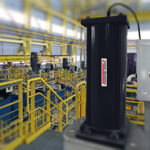
Cowan Dynamics
This article has been reviewed by Cowan Dynamics Application Engineering team. Contact Us and our application engineers will assist you with your application.
The valve positioner is a feedback mechanism. It allows valves to be positioned precisely in accordance with the output signal of the controller, in the presence of major disturbances caused by unbalanced forces acting on the valve stem, changes in actuator temperature, etcetera. Even a relatively small actuator, that otherwise would have to be bench-set to an unacceptable degree, can be stroked precisely when a valve positioner is used to signal the valve position. Positioners are not now considered to be the universal solution to many problems. In fact, in some control circuits the effect of fitting a positioner can be detrimental. Whilst it is an advantage to use positioners in slow systems, it can be a disadvantage in the case of control loops with short reset times. A positioner should also be considered for relatively slow systems, such as mixing/separation, level, and temperature control when the volume and mass of the fluids handled are large compared to the process action. The best solution is to correctly size the valve actuator and spring and ensure that the valve functions correctly without the need for a positioner.
The use of a positioner however should be considered for:
- Split-range systems, where a controller controls more than one valve; although it is now preferable to split the controller output electronically and control each valve in a range by a full range signal from the control room.
- Valves where the actuator working pressure is greater than the control signal pressure, higher actuator pressures are used to provide sufficient force to ensure correct valve movement, a frequently used range is 0.4 to 2.0 barg, 6 to 29 psig.
- Actuators operating at higher pressures to increase actuator “stiffness”.
- Where it is necessary to achieve the best possible control with a minimum of overshoot and the fastest possible reaction in systems with long pneumatic signal lines between the valve and regulator. In this case it would be better to use electric analogue or digital signal transmission.
- Where the control loop reacts slowly to changes in valve position, and accurate positioning is therefore desired.



